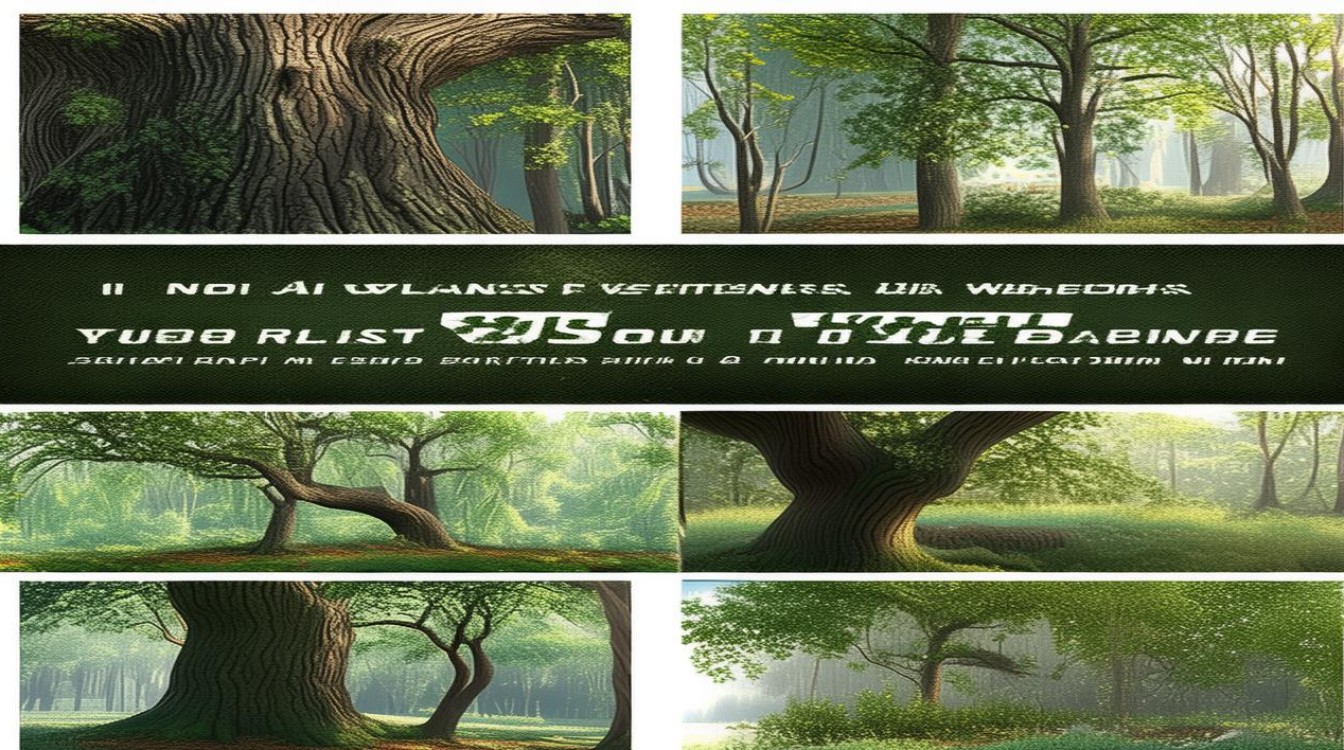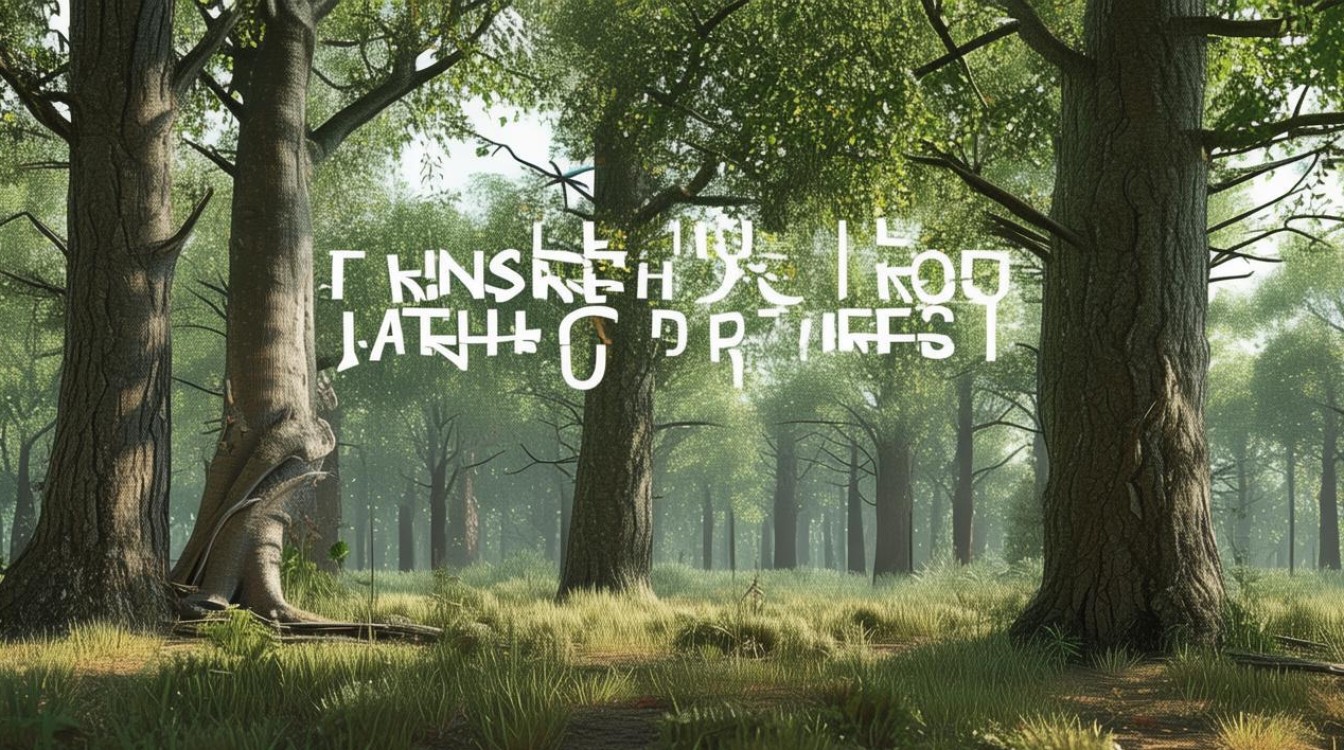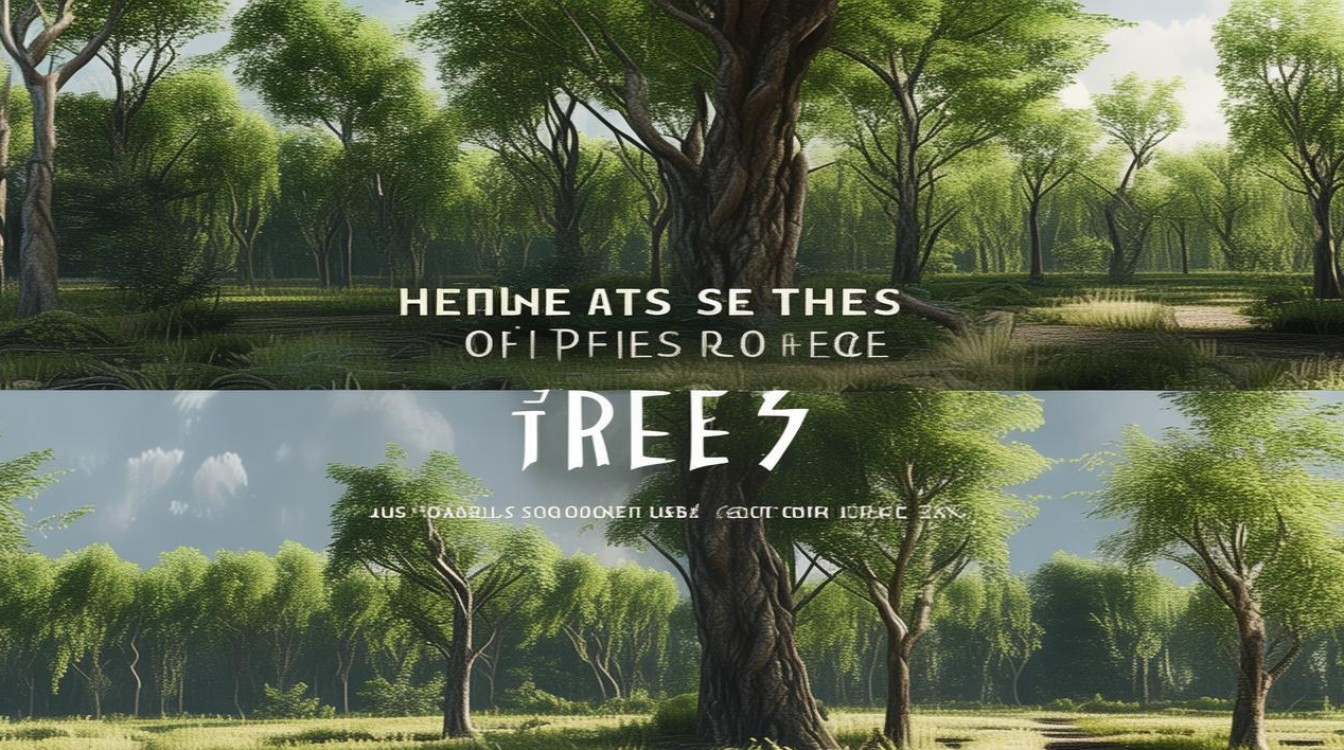Trees are among the most vital natural resources on Earth, playing an irreplaceable role in sustaining life and maintaining ecological balance. From purifying the air to providing shelter, their contributions span across environmental, economic, and social spheres. Understanding their multifaceted benefits helps us appreciate why conservation efforts must be prioritized.

Environmental Benefits of Trees
One of the most critical functions of trees is their ability to absorb carbon dioxide and release oxygen. A single mature tree can absorb approximately 48 pounds of CO₂ annually, making forests essential in combating climate change. Additionally, trees filter harmful pollutants from the air, such as sulfur dioxide and nitrogen oxides, improving overall air quality.
Trees also play a key role in water conservation. Their root systems prevent soil erosion by holding the ground together, reducing the risk of landslides. Moreover, forests act as natural water filters, trapping sediments and pollutants before they reach rivers and lakes. In urban areas, trees mitigate the "heat island" effect by providing shade and cooling the surrounding environment through transpiration.
Economic Contributions
Beyond ecological benefits, trees significantly impact economies worldwide. The timber industry relies on sustainable forestry to produce wood for construction, furniture, and paper. Non-timber forest products, including fruits, nuts, and medicinal plants, also generate substantial revenue for local communities.

Urban trees enhance property values by up to 20%, making neighborhoods more desirable. Businesses located in tree-lined areas often report higher foot traffic, as greenery creates a welcoming atmosphere. Furthermore, trees reduce energy costs by shading buildings in summer and acting as windbreaks in winter, lowering heating and cooling expenses.
Social and Psychological Advantages
The presence of trees has been linked to improved mental health. Studies show that spending time in green spaces reduces stress, anxiety, and depression. Urban parks and tree-lined streets encourage outdoor activities, fostering community engagement and physical well-being.
Trees also serve as habitats for countless species, supporting biodiversity. Birds, insects, and small mammals depend on forests for food and shelter, maintaining the delicate balance of ecosystems. Protecting trees means safeguarding these interconnected life forms.

Challenges and Conservation Efforts
Despite their importance, deforestation continues at an alarming rate. Logging, agriculture, and urban expansion threaten forests globally. The loss of trees disrupts weather patterns, accelerates climate change, and endangers wildlife.
Reforestation and sustainable land management are crucial solutions. Governments and organizations must enforce policies that protect existing forests while promoting tree-planting initiatives. Individuals can contribute by supporting eco-friendly brands, reducing paper waste, and participating in local conservation projects.
Final Thoughts
Trees are not merely part of the landscape—they are lifelines. Their environmental, economic, and social benefits underscore the urgent need for preservation. Every effort to protect and plant trees is an investment in a healthier, more sustainable future. The responsibility lies with all of us to ensure these natural wonders thrive for generations to come.


